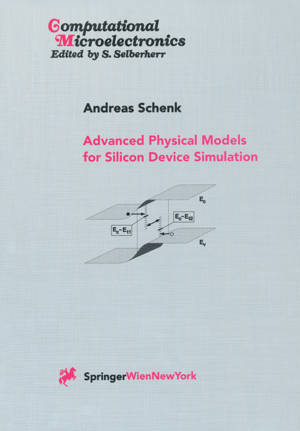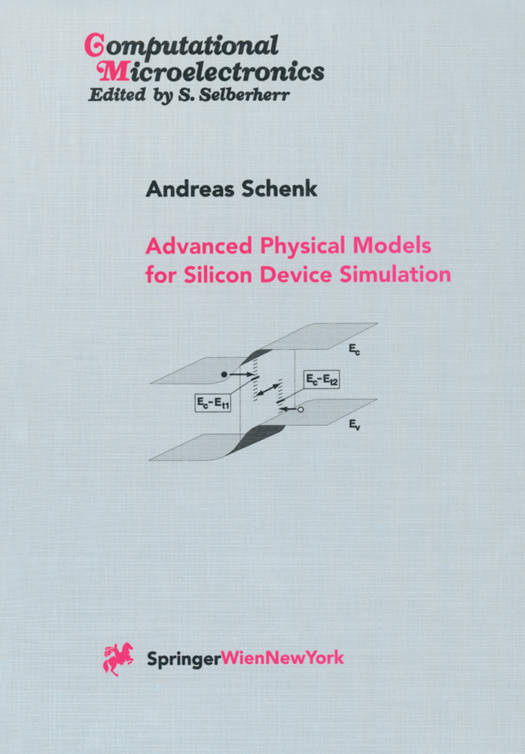
Door een staking bij bpost kan je online bestelling op dit moment iets langer onderweg zijn dan voorzien. Dringend iets nodig? Onze winkels ontvangen jou met open armen!
- Afhalen na 1 uur in een winkel met voorraad
- Gratis thuislevering in België vanaf € 30
- Ruim aanbod met 7 miljoen producten
Door een staking bij bpost kan je online bestelling op dit moment iets langer onderweg zijn dan voorzien. Dringend iets nodig? Onze winkels ontvangen jou met open armen!
- Afhalen na 1 uur in een winkel met voorraad
- Gratis thuislevering in België vanaf € 30
- Ruim aanbod met 7 miljoen producten
Zoeken
Omschrijving
Device simulation has two main purposes: to understand and depict the physical processes in the interior of a device, and to make reliable predictions of the behavior of an anticipated new device generation. Towards these goals the quality of the physical models is decisive. The introductory chapter of this book contains a critical review on models for silicon device simulators, which rely on moments of the Boltzmann equation. With reference to fundamental experimental and theoretical work an extensive collection of widely used models is discussed in terms of physical accuracy and application results. This review shows that the quality and efficiency of the phys- ical models, which have been developed for the purpose of numerical simulation over the last three decades, is sufficient for many applications. Nevertheless, the basic understanding of the microscopic processes, as well as the uniqueness and accuracy of the models are still unsatisfactory. Hence, the following chapters of the book deal with the derivation of physics-based models from a microscopic level, also using new approaches of "taylored quantum-mechanics". Each model is compared with experimental data and applied to a number of simulation exam- ples. The problems when starting from "first principles" and making the models suitable for a device simulator will also be demonstrated. We will show that demands for rapid computation and numerical robustness require a compromise between physical soundness and analytical simplicity, and that the attainable accuracy is limited by the complexity of the problems.
Specificaties
Betrokkenen
- Auteur(s):
- Uitgeverij:
Inhoud
- Aantal bladzijden:
- 354
- Taal:
- Engels
- Reeks:
Eigenschappen
- Productcode (EAN):
- 9783709173343
- Verschijningsdatum:
- 21/10/2012
- Uitvoering:
- Paperback
- Formaat:
- Trade paperback (VS)
- Afmetingen:
- 170 mm x 244 mm
- Gewicht:
- 598 g

Alleen bij Standaard Boekhandel
+ 316 punten op je klantenkaart van Standaard Boekhandel
Beoordelingen
We publiceren alleen reviews die voldoen aan de voorwaarden voor reviews. Bekijk onze voorwaarden voor reviews.











